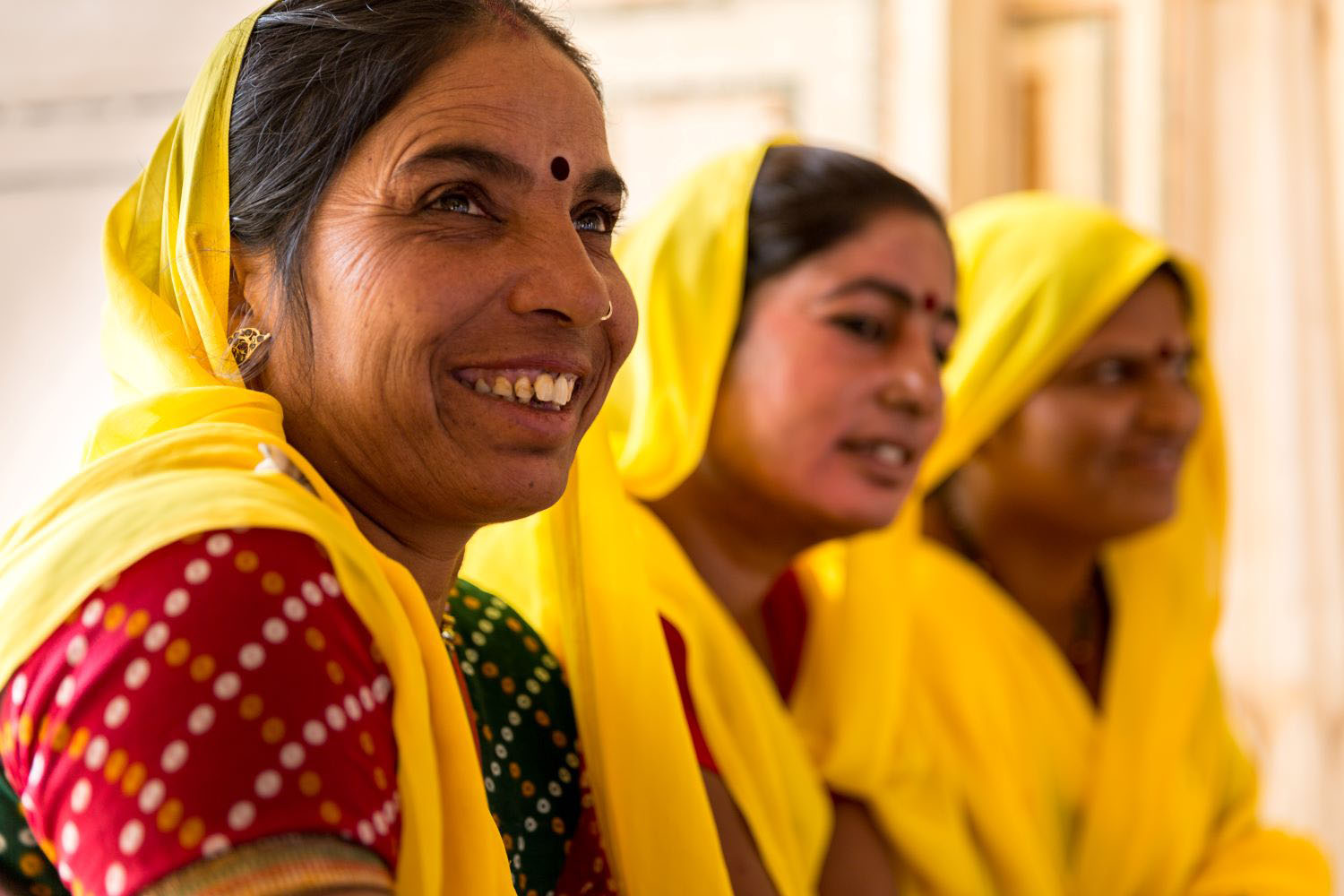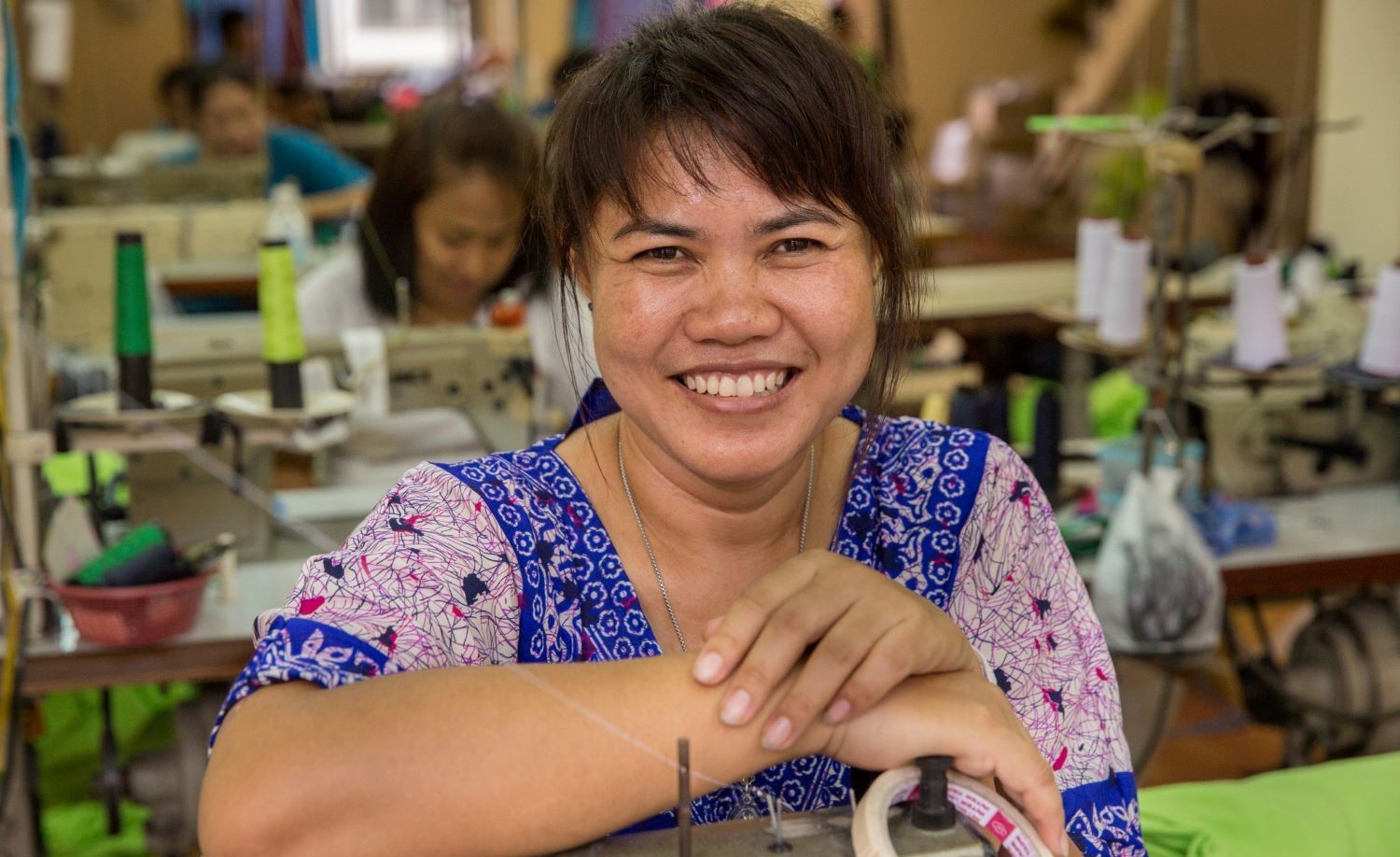Can biometric IDs encourage women’s financial inclusion and economic and social empowerment? This was the question I addressed while participating in a recent Deeply Talks panel, alongside Atika Kemal from Anglia Ruskin University and Debdatta Saha from South Asian University. In principle, the answer should be yes, since identification is necessary for “agency”—the ability to act and transact independently. In practice, the answer, based on cases in India, Pakistan, and some other countries, seems to be a qualified yes, especially when ID is linked to digital payments.
But the potential impact is limited by a range of other impediments that limit women’s participation.
First, the good news. Research in Pakistan discussed by the panel found that mobile banking provided women with flexibility and convenience to cash the full amount of grants at various locations such as banking agents, ATMs, and point-of-sale machines via a secure PIN known only to the beneficiary. This eliminated the practice of politicians or postmen demanding bribes for delivering the cash payments at home. It also found that issuing women with national identity cards, which were mandatory to register with BISP and to eliminate identity theft when cashing payments, not only boosted their social standing and authority in their households but also granted political freedoms through assisting their rights to exercise their vote in elections.
Research in Rajasthan, India, which has integrated several social schemes into a state-wide “Bhamasha” program with women the designated head of household, found that virtually all had bank accounts linked to the Aadhaar, India’s unique ID number, and that women transacted frequently on their accounts. Previously, two-thirds of these women had not had bank accounts at all. This represents a major step towards formal financial inclusion.
But, as the discussion concluded, ID alone is not a silver bullet. Digital empowerment requires the capacity and resources to operate in a digital world. The Pakistan study found that most women were illiterate. They encountered digital and financial hurdles, and were dependent on more literate family members or friends for reading text messages to notify them of payments. Similarly, in the Rajasthan study, in only 20 percent of households did the Bhamashah women head of family read SMS or make phone calls. Another study in Bihar found numerous obstacles to full financial inclusion among women. They were frequently unable to open “zero balance” bank accounts for themselves and were required to pay side payments to “facilitators.” Many earned only very low informal sector wages leaving little over for financial savings.
Not all the obstacles can be quickly overcome, but one conclusion from these studies is the need to complement the shift towards digital programs, and a digital society more broadly, by a massive program of digital literacy—particularly for women.
CGD blog posts reflect the views of the authors, drawing on prior research and experience in their areas of expertise.
CGD is a nonpartisan, independent organization and does not take institutional positions.





